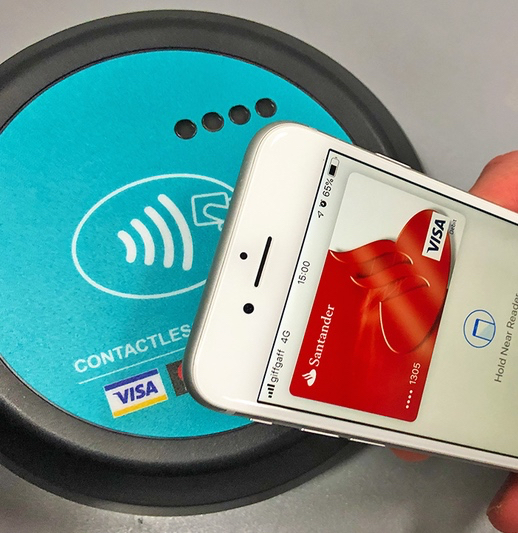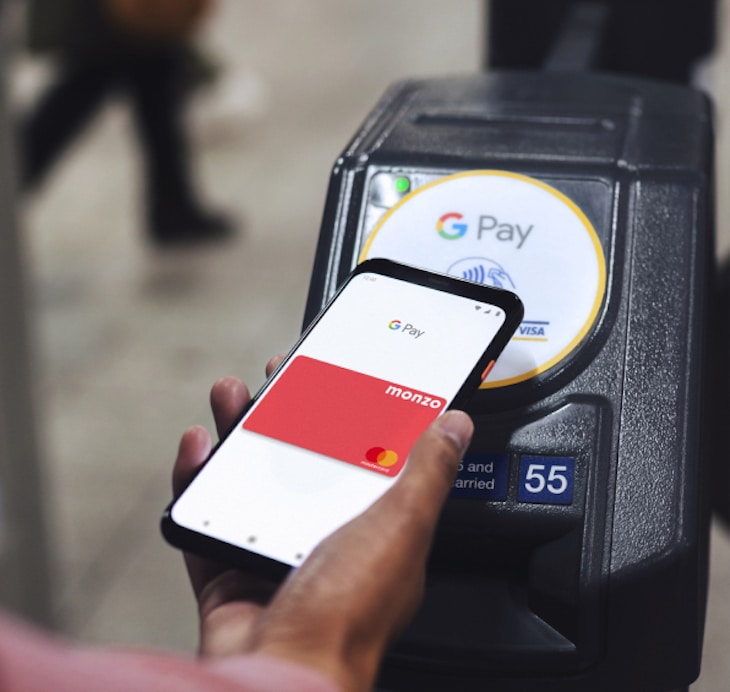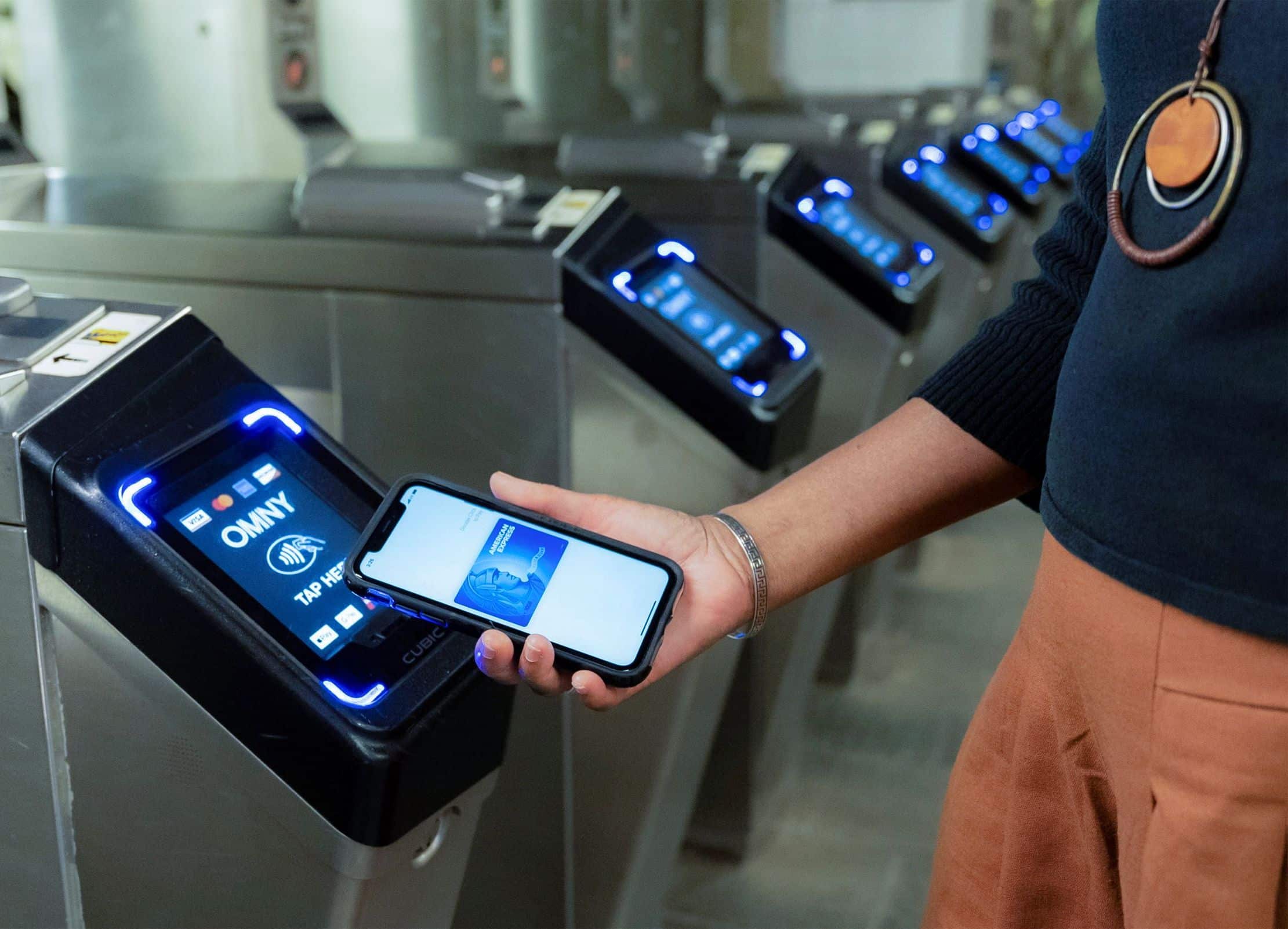
Article Highlights
While transit operators and authorities in London and Manchester, along with the big five commercial bus companies serving the UK, have rolled out open-loop payments, other rail operators in the country have lagged behind.
In its snapshot of contactless transit payments in London in March, UK Finance said the 89.4 million contactless trips in the month consisted of 56.8 million trips on rail and 32.6 million journeys on buses. Contactless rail trips accounted for 56% of all pay-as-you-go transactions, while the contactless bus trips made up 51.3% of PAYG.
• Transport for London
• Transport for Greater Manchester
• Arriva UK
• First Bus
• Go-Ahead
• National Express
Five years ago next month (September 2019), Transport for London introduced open-loop contactless payments across its transit network, including metro, trams and commuter rail, following an earlier launch on buses. The service now accounts for more than half of all pay-as-you-go journeys and has become a global showcase for the technology.





















